In the field of rehabilitation medicine and sports rehabilitation, the plantar pressure distribution system has become a key assessment and training tool. It measures the pressure distribution in different areas of the sole, analyzes the gait pattern, develops personalized rehabilitation plans for patients, improves training effects, and accelerates the rehabilitation process.
Plantar pressure distribution system
Working principle of plantar pressure distribution system
The plantar pressure distribution system is usually composed of a high-precision sensor array, which can collect the force conditions of different parts of the sole in real time and convert the data into a visual plantar pressure map. Its main functions include:
Static plantar pressure analysis: detect the center of gravity distribution and arch state when standing, and identify abnormal force conditions.
Dynamic gait analysis: record the changes in plantar pressure during walking or running, and evaluate whether the gait is stable and coordinated.
Real-time feedback training: combined with rehabilitation training plans, provide real-time data feedback to help patients adjust their gait.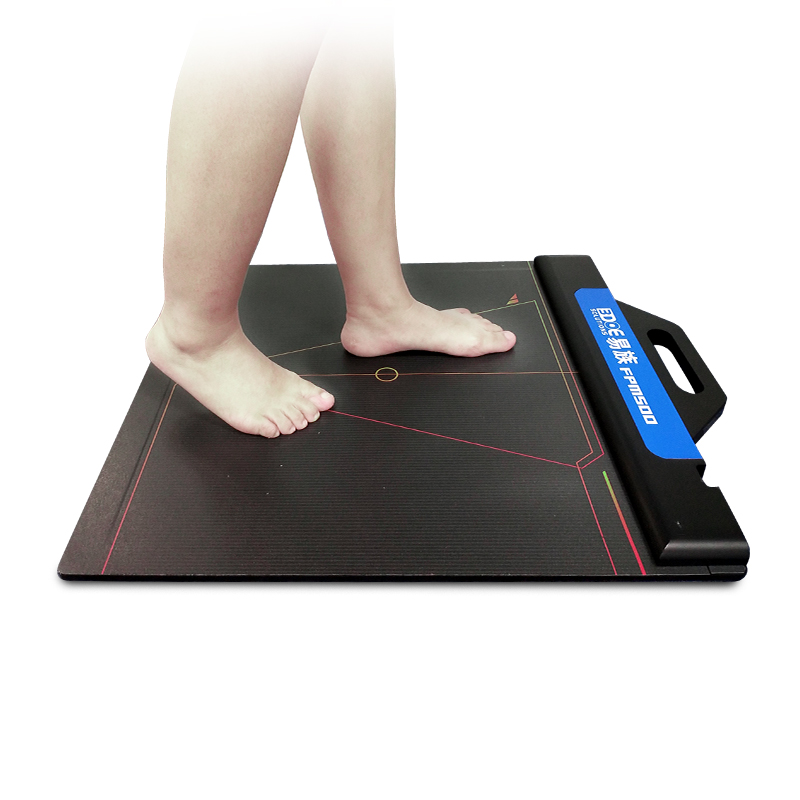
Application of plantar pressure distribution system in rehabilitation training
Gait rehabilitation for stroke and hemiplegia patients
Monitor standing balance ability and analyze whether the patient has unilateral weight-bearing problems
Through gait analysis, adjust walking mode to avoid abnormal gait (such as overstriding, dragging, etc.)
Combined with rehabilitation training, adjust gait in real time to improve walking stability and speed
Postoperative rehabilitation of orthopedics (such as knee replacement, ankle injury)
Evaluate postoperative weight-bearing capacity to help patients gradually restore normal walking mode
Monitor the force of the plantar during rehabilitation training to prevent secondary injury due to improper posture
Guide patients to use orthopedic devices reasonably, such as walkers, corrective insoles, etc.
Flat foot and high arch correction training
Monitor arch changes and evaluate the effect of corrective insoles or corrective training
Identify uneven force on the plantar through pressure distribution diagram and optimize gait training
Combined with dynamic gait analysis, adjust rehabilitation training plan to improve foot function
Prevention and rehabilitation of diabetic foot
Monitor plantar pressure, identify high-risk areas, and prevent long-term high pressure Ulcers
Combined with plantar decompression training, optimize the choice of insoles or footwear to reduce the risk of injury
Provide long-term monitoring solutions to help patients maintain a healthy gait and reduce complications
Rehabilitation of sports injuries
Evaluate the plantar pressure distribution during running or exercise, and identify bad movement patterns
Guide rehabilitation training, reduce gait compensation after sports injuries, and restore normal movement ability
Optimize training load to avoid secondary injuries caused by improper rehabilitation
Advantages of plantar pressure distribution system
Precise measurement: Provide detailed pressure distribution data to avoid subjective judgment errors
Personalized rehabilitation plan: Adjust training plan based on data to improve rehabilitation effect
Real-time feedback: Patients can adjust their gait instantly to improve the scientific nature of rehabilitation training
Long-term monitoring: Used for rehabilitation process tracking to ensure stable recovery effect
Future development trend: intelligent rehabilitation and remote monitoring
With the development of technology, the plantar pressure distribution system will further integrate artificial intelligence (AI) and Internet of Things (IoT) technologies to achieve intelligent gait correction, remote rehabilitation monitoring and wearable smart insoles.
AI can analyze data and automatically recommend training plans, while remote rehabilitation monitoring allows patients to complete training at home and doctors to adjust rehabilitation plans online. In addition, the smart insole can monitor the plantar pressure around the clock and provide patients with real-time gait optimization suggestions.
The plantar pressure distribution system provides a scientific and accurate evaluation method for rehabilitation training. Whether it is neurological rehabilitation, orthopedic rehabilitation, foot disease correction or sports injury recovery, the system can help doctors and patients develop more effective training plans, accelerate the rehabilitation process and improve the quality of life.
In the future, with the application of intelligent technology, plantar pressure analysis will play a greater role in the field of rehabilitation and help personalized and accurate rehabilitation.

 +86-0755-86131192
+86-0755-86131192 2025-03-12
2025-03-12 Back to list
Back to list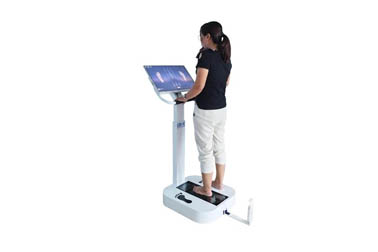
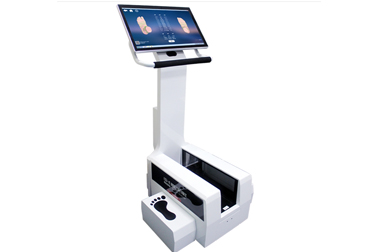
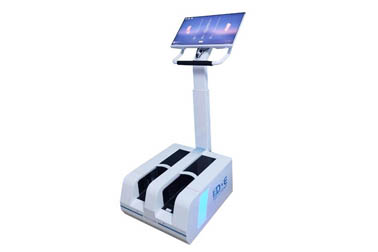
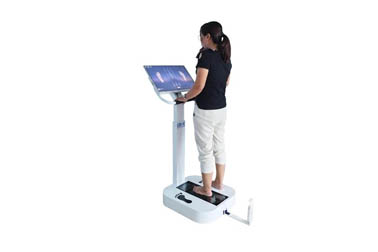
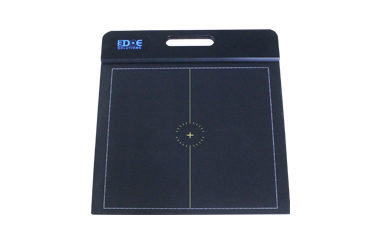
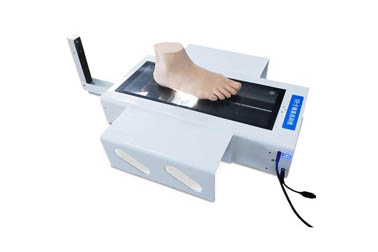



 +86-0755-86131192
+86-0755-86131192